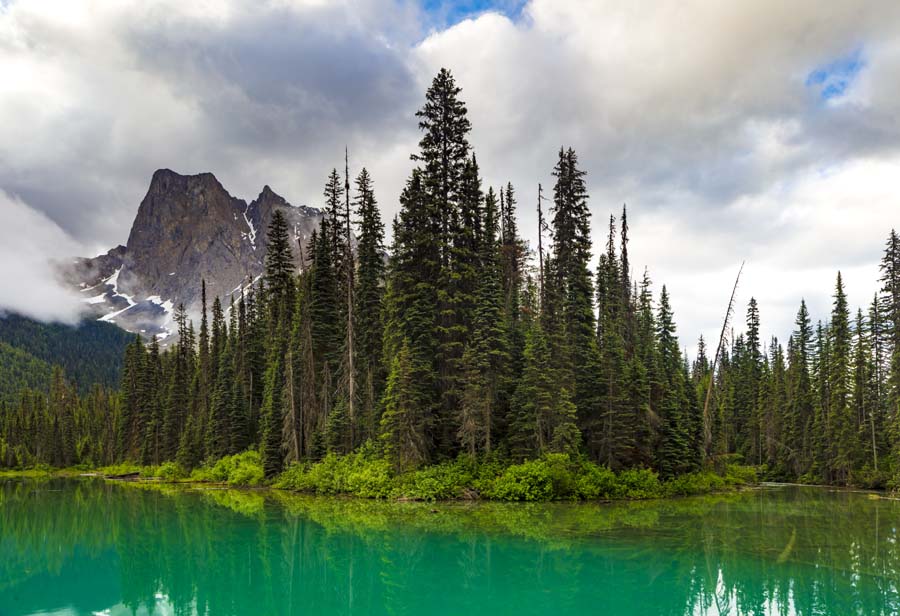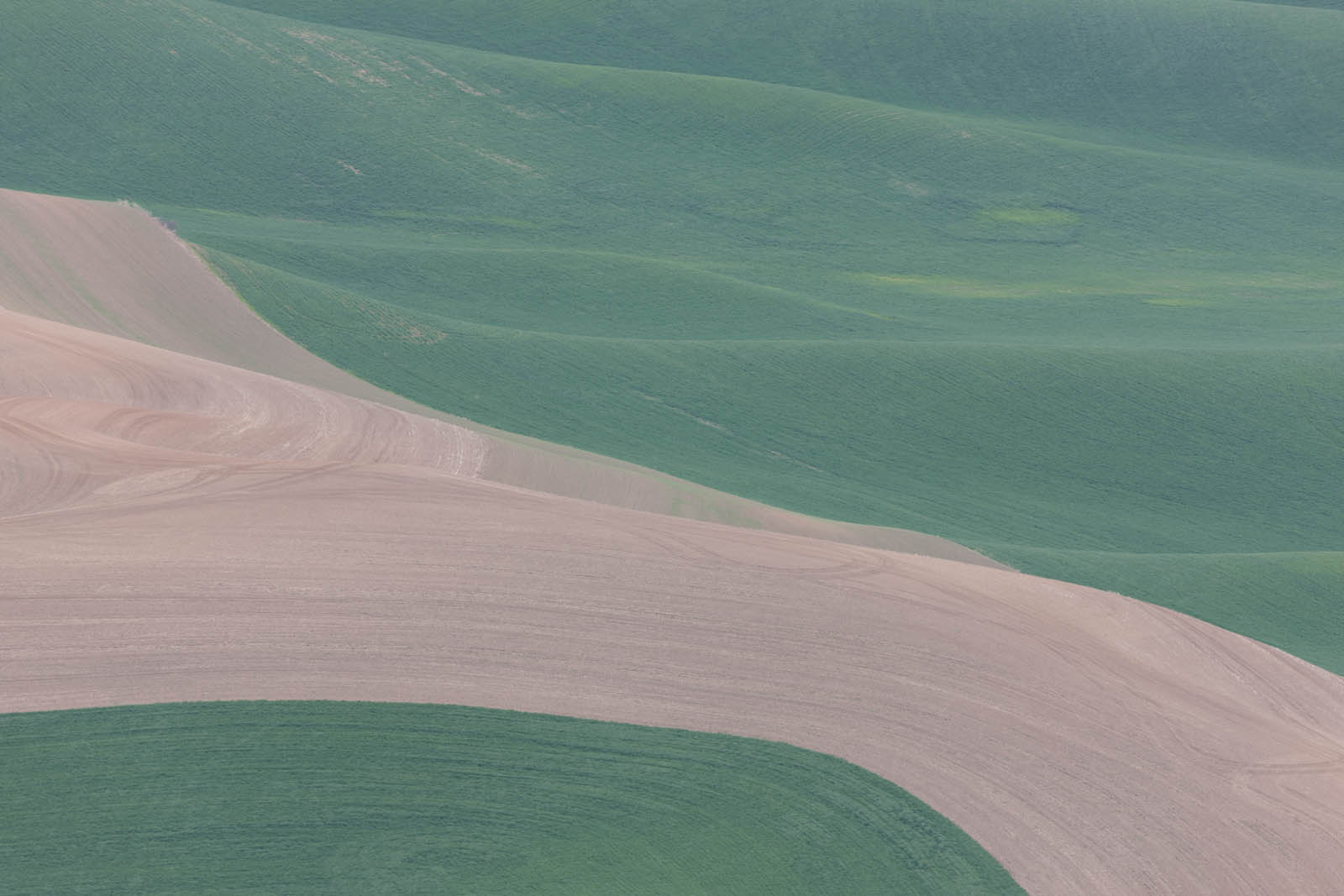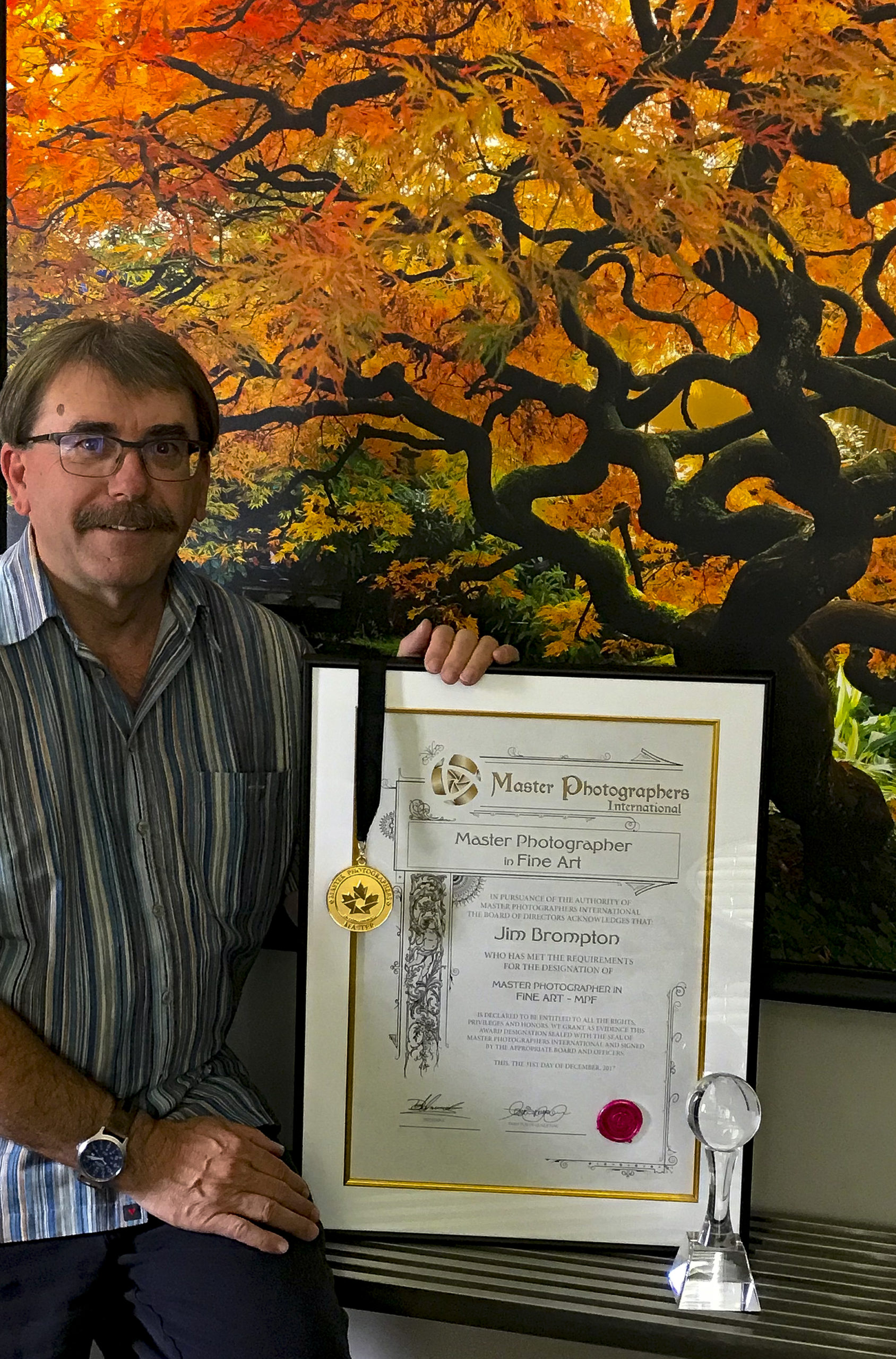Well, 44 years ago I thought it was a great idea to set up a Photography Company. It turns out to be one of the best decisions I have ever made. There is so much satisfaction in capturing a moment that passes so quickly. In the moment however you get to make all the decisions. I tell all my workshop participants “Remember you are smarter than your Camera and you tell it what to do and not the other way around.” So not in any particular order here is what I do.

I would have to say that 95%of my images are shot with the use of filters. I started this back in the film days and I just continued to do so when technology changed. With the new digital cameras in hand, I go into the back-end profiles and turn everything off. I mean everything so what happens at that point is you are basically shooting a film camera. Just think about it for a moment back in the film days we could set the ISO (film speed) and that’s about it. Using a handheld meter we would determine the proper exposure. Then capture the moment and then wait 2 or 3 weeks to see the result. Because of the wait, all images were recorded on paper as to the setting used to capture the image so I could learn from my mistakes or successes. Then the only thing you could do from there was to dodge or burn a little in the darkroom.

So now that everything is turned off you end up with a flat image that looks really terrible. No auto enhancements, no color enhancement, no auto sharpening, no nothing but a great raw file shot with filters. So back in the film days, we would add filters to enhance the photo as it was almost all the control we would have except what we could do in the darkroom which was very little. With the use of filters, you become creative. Hmmm, what can I do with filters to enhance the scene? Firstly most landscapes are better shot with a polarizer. Polarization is one of the things you can not do in a post-software program. So it is a must in my books. It reduces the glare and adds saturation, particularly to green and blues and yellows. It is really needed in landscape photography. Then you as other elements to the capture. Do I want to play with the time of the exposure? Sure why not let’s add some ND filters and increase the time from 1/30 of a second to 150 seconds. What this does is identify anything that is moving like clouds or water or waves or grass etc. Then let’s control the brightest part of the scene with the use of a Graduated ND.

Because the image is flat there is some post-work that brings it all back. It takes 10 seconds to fix it because you enhanced the image with filters. Therefore you have created a piece of Art in the camera. You were in control and produced the end result. You determined the position of the filters and the angles and combined several to enhance the scene. This will set you apart as most photographers rely on the auto enhancements the camera offers. If you turn it all off and shoot raw with filters not only will you become a better Photographer you will have more time in the field to capture Nature at its finest and spend less time in front of your computer. Now the way to fix the image is to add some black and black adds contrast and color.

So the above image shows just how flat it really is. The image was shot with a polarizer only. ISO 50 F8 at 1/40th of a second off a sturdy tripod. Because it was shot in that manner all I do is add black and a slight adjustment to the exposure and I am done. 10second post-work YES!!! No saturation was necessary.

Just to recap the use of filters will set you all apart from the next Photographer that does not use them and if you have any questions about the use of filters please reach out. I highly recommend the Kase Filters and you can find out more at my Kase Filter website kasefilterscanada.com https://kasefilterscanada.com


Leave a Reply